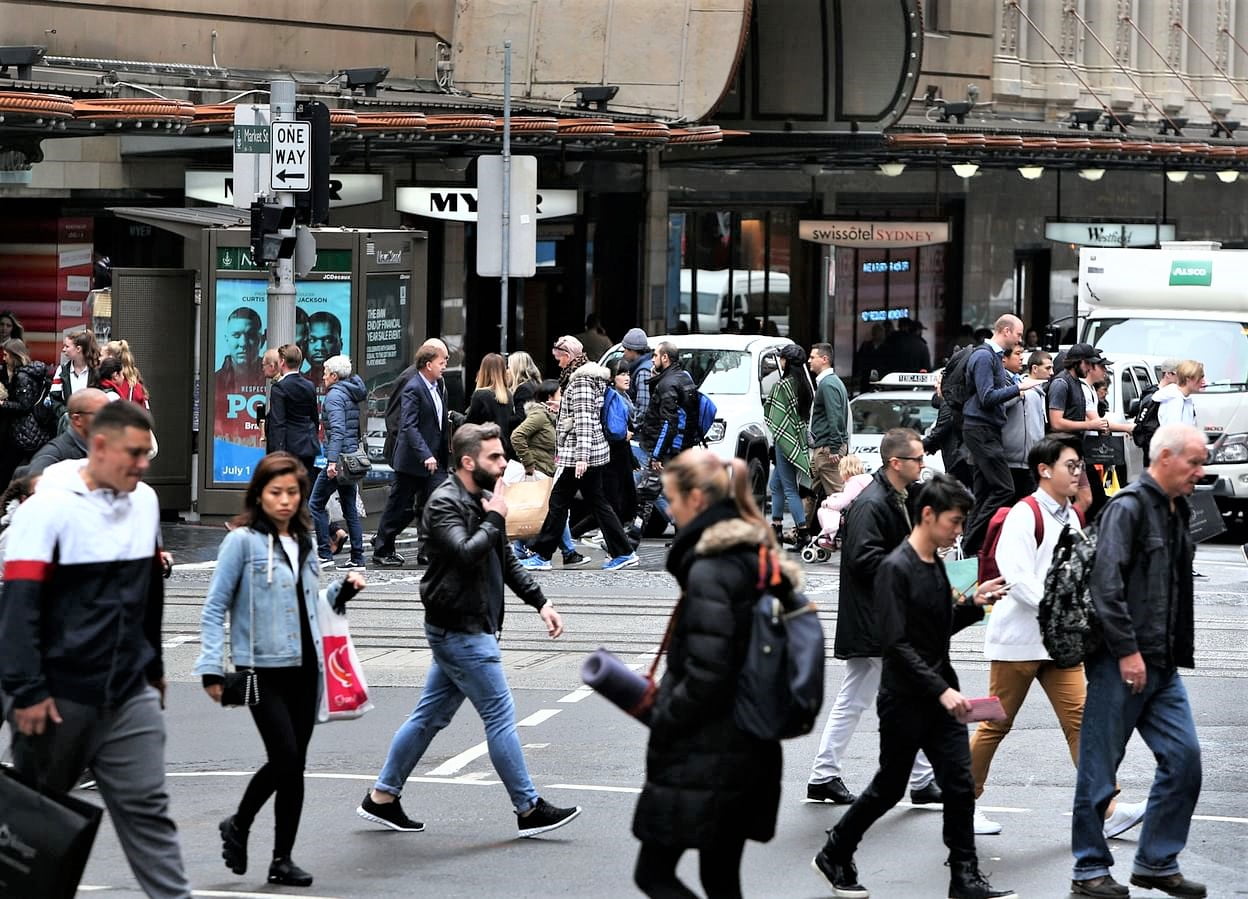Australia’s unemployment rate falls to 5.5% as economy shrugs off end of jobkeeper


The Australian economy has shrugged off the end of jobkeeper wage subsidies, with unemployment falling to 5.5% despite the loss of 30,600 jobs in April.
The labour force statistics, released on Thursday, show that 33,600 people – mostly women – exited the labour market in April, driving participation down 0.3% to 66%, and that 13m fewer hours were worked.
But the figures will be well-received after warnings from the Reserve Bank that the economy would likely shed jobs when the subsidy ended, resulting in a “month or two” of higher unemployment.
The figures also show youth unemployment is now better than at the start of the pandemic, down to 10.6%, one point lower than March 2020.
The Australian Bureau of Statistics said although some people left employment at the end of jobkeeper, it did “not identify a clear aggregate impact from the end” of the $89bn wage subsidy program.
In the January quarter, 1.1 million Australians received $6bn of jobkeeper payments, meaning the fiscal cliff faced in April was in fact far smaller than when the payment was reduced in September.
The ABS said there “were not large changes” in the jobs figures, although “some of the underlying movements in the labour market may include some people leaving employment at the end of jobkeeper”.
The underemployment rate has decreased to 7.8%. The Australian economy added 33,800 full-time jobs but lost 64,400 part-time jobs in April.
Women were more likely to withdraw from the labour market than men, with women’s participation down 0.5 points to 61.3% compared with men down 0.1 point to 70.8%.
Jobs results varied by state. In April the number of people employed grew in South Australia (+1.8%), the ACT and NT (+1.4%) and Victoria (+0.1%).
The number of people employed fell in Western Australia (-1%), New South Wales and Tasmania (-0.9%), and Queensland (-0.3%).
Bjorn Jarvis, the head of labour statistics at the ABS, said this was the sixth consecutive fall in the unemployment rate, down from 6.9% in October 2020.
“The unemployment rate is now 0.2% (or 33,000 people) above the start of the pandemic. Importantly, it’s 2.0% below its peak in July 2020, when it was 7.4%,” he said.
“The youth unemployment rate fell to its lowest level since the global financial crisis, reflecting a strong increase in employment for young men, following a number of increases for young women in recent months.”
The treasurer, Josh Frydenberg, said the jobs numbers showed the Coalition’s economic plan is working, citing underemployment at its lowest level for 7 years and youth unemployment the lowest in 12 years.
“The Labor Party will be very disappointed with today’s job numbers because they have been talking down the Australian economy for the full 15 months of this pandemic, yet the Australian economy strengthened, even after the end of JobKeeper,” he told reporters in Hobart.
Labor deputy leader, Richard Marles, said the real test for the government is to create “secure well paid jobs”. Australia had experienced “record low wage growth” for the Coalition’s eight years in office and the budget showed workers will face a real wage cut, he told reporters in Melbourne.
Marcel Thieliant, the senior Australia and New Zealand economist at Capital Economics, said despite shedding 30,600 jobs “the surge in vacancies suggests employment will keep rising over the coming months” and “the bigger picture is that the labour market has dealt very well with the ending of jobkeeper”.
“Employment remains 0.3% above its pre-virus peak and hours worked are 0.7% higher,” he said.
“That said, with the unemployment rate now close to pre-virus levels and the vaccination rollout still slow, further job gains will be less impressive than those seen in recent months.”
Source: The Guardian




